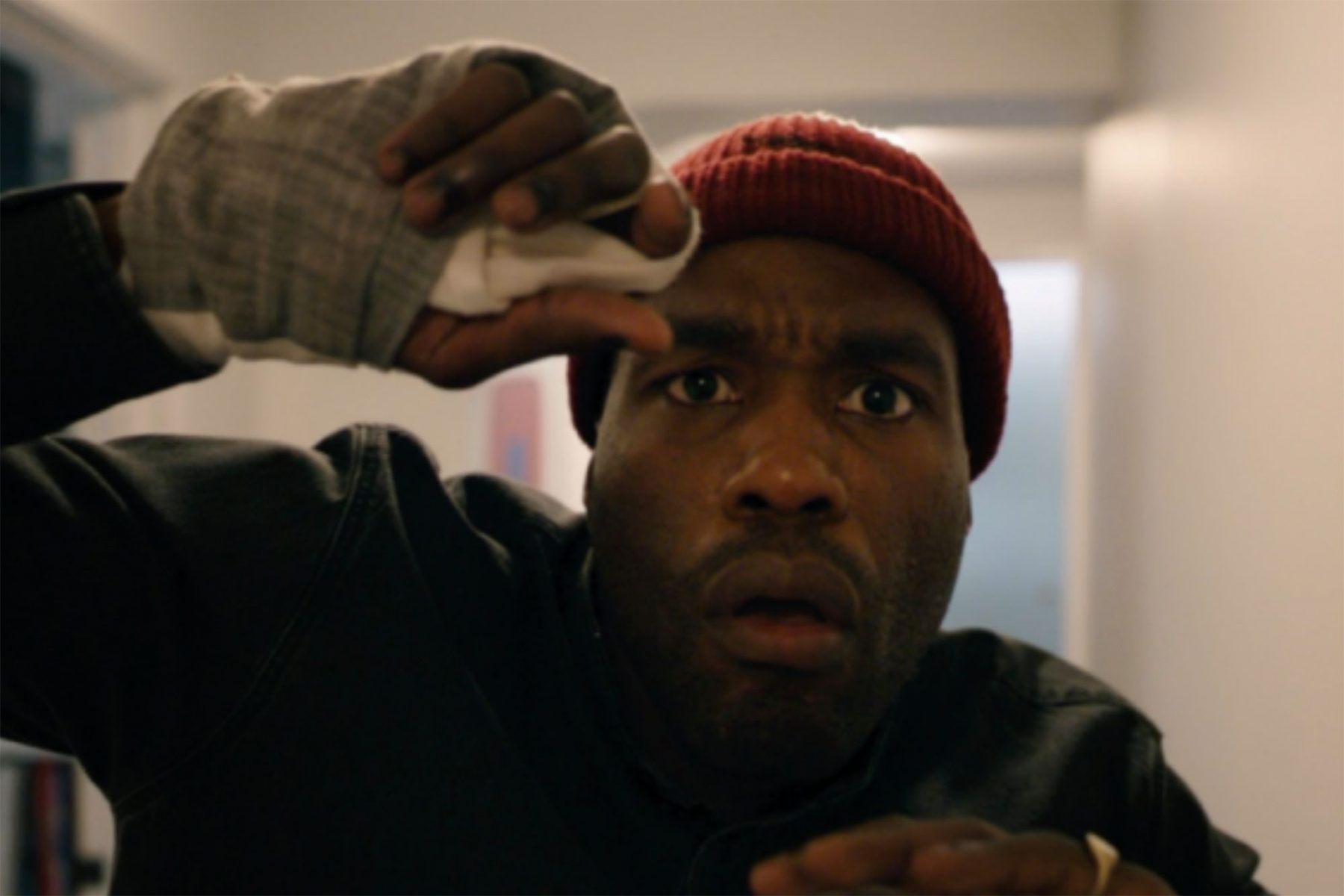Comedic actor turned horror director Jordan Peele has been able to make a name for himself because of his debut thriller, “Get Out.” So far he has shown a knack for keeping viewers on their toes with the way he creates films that not only bring scares, but thought-provoking themes as well.
And although Peele will only be credited as a producer for this upcoming project, there should be no reason why 2020’s “Candyman” will be any different, especially since the 1992 original carries elements that can be seen in a standard Jordan Peele movie — with perhaps the added bonus of gore.
“Candyman” tells the story of the titular urban legend, who is summoned by calling out his name five times while looking in a mirror — not unlike the infamous Bloody Mary. The backstory behind the figure this myth is based on is difficult to hear.
The tale begins with the son of a slave that garnered praise for his artwork until he impregnated a wealthy landowner’s daughter. This resulted in cruel torture that led to his eventual death.
As a form of revenge, and a twisted way to perpetuate a belief in himself, he would have innocent victims seek him out via the Bloody Mary-esque ritual. The film was based off a Clive Barker short story titled “The Forbidden,” which may not have an identical backstory for its antagonist, but still details the cruel acts of prejudice and poor urban areas that heavily influenced its movie adaptation.
The “Candyman” of the ’90s may have brought its fair share of gore and scares like any other horror film, but it was anything but gratuitous; the compelling premise and the interesting and almost sympathetic antagonist made the chills much more effective.
Since the release of the trailer for this upcoming horror reboot last February, there has been talk about what this film can bring. But with “Get Out” and “Us” director Jordan Peele behind the wheel as producer, fans of his work can bet on it having plenty to say about social issues while also delivering the ingenious scares that he has become known for.
This racially-charged horror film will have the chance to be scarier than ever because of who is helping behind the scenes. “Get Out” satirized racism by examining how it played out within the conventions of horror movies: We see how African American missing persons cases aren’t taken as seriously as those of Caucasians, and even the fact that the hero of the film is African American is its own form of commentary — horror movie experts know that they are usually the first to die; meanwhile the young girl who is most likely of Caucasian descent survives with hardly any problem.
While the public housing project of Cabrini-Green (populated predominantly by African Americans) mostly succumbed to the horror that Candyman brought in the original movie, the new film could even sidestep skin color and instead look at something even deeper.
“Us” from 2019 employed similar symbolisms, with the protagonists literally battling doppelgängers brought up in worse conditions. The same could be said about how Cabrini-Green is haunted by the actions of Candyman, whose remains were scattered in the area that would eventually gain an unwanted reputation — perhaps brought upon by a slave descendant who only knew the unfairness that was put upon him.
This new project has the chance to look at various themes of racism and entitlement, just like its predecessor. The creators of the 2020 “Candyman” can put forth these ideas using evidence from decades back, proving how far this “process” has come while another form of entitlement has been brought further up to the surface. Could racism merely be evolving, to apply to those inside communities as well?
The Cabrini-Green homes have been something people could use as a form of prejudice since the early ’70s because of the way they have been portrayed — as filled with “lesser” beings. It could exemplify an issue society wants to do nothing about.
Let moviegoers switch to a more (surprisingly) relevant topic with the way Peele does not need to use gratuitous violence in order to get his point across. Instead, Peele uses straightforward but also haunting messages of real world issues that need correcting, especially when it comes to minorities being wronged, while also fighting out issues within their own community.
This new “Candyman” has the chance to show off themes modern viewers should be familiar with while also conveying messages on how to fit into society, illustrating how conformity can become the new norm for people of color.
















